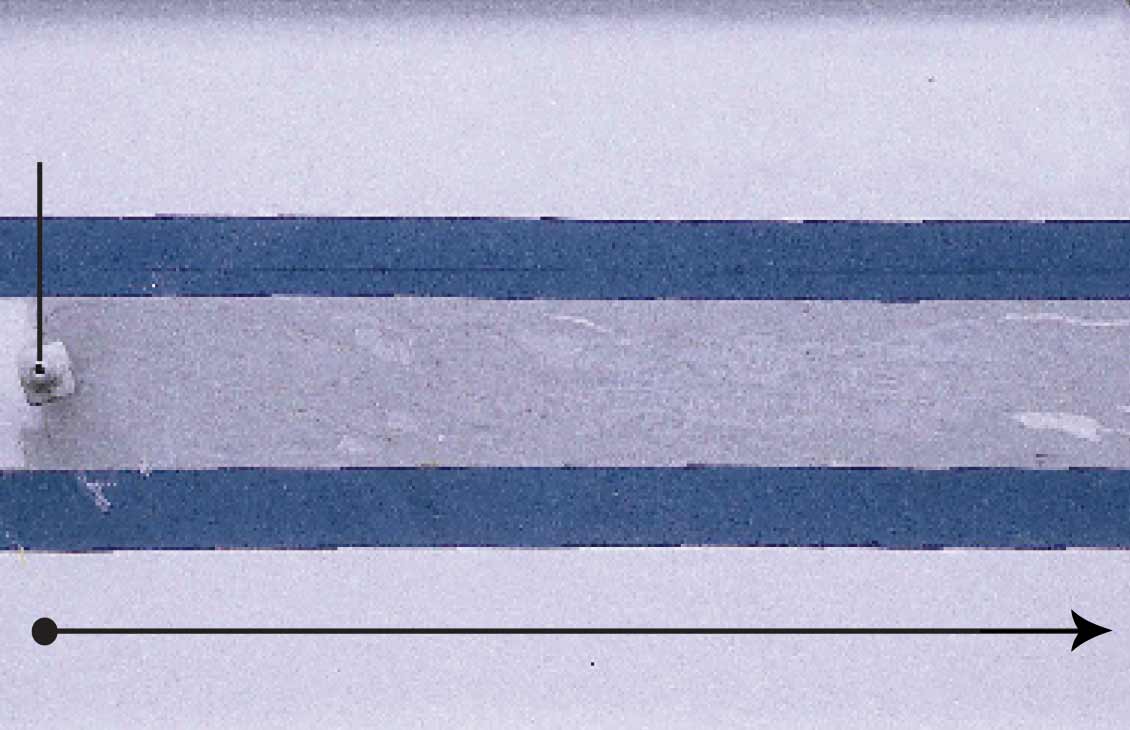Case Study Expandable steel patches restored casing integrity for sidetracking after cement squeezes proved ineffective
Enabled production from existing slot in mature field despite fully penetrating casing wear across 26 ft.
Field-proven, sustainable, and lower-cost alternative to cement squeezing using a drilling or workover rig, snubbing unit, or CT

A casing patch using our field-proven Saltel Xpandable™ expandable steel technology requires less time to accurately position and install across unwanted perforations compared with conducting a cement squeeze. It does not significantly restrict wellbore access and only requires water to activate the inflatable packer used for controlled expansion of the patch against the casing—even a corroded or ovalized casing. Perforation shutoff can be completed in as little as two days.
In contrast, traditional methods for sealing unwanted perforations by squeezing cement into them are lengthy, multistep operations.

Our expandable steel patches are a permanent solution, creating a high-pressure inner lining that seals off a perforated zone without restricting production from neighboring perforations. The large ID enables nearly unrestricted access to the wellbore below, so that wireline- or tubing-conveyed perforating guns can pass through to add new perforations for production, injection, or postperforating treatment.
Made of high-quality stainless steel, the patch uses a profiled sealing system that is applied and cured in a controlled environment during manufacturing, employing different materials based on the application requirements—unlike the field-applied epoxy resin used by some providers. Our engineered system provides a resilient and reliable seal that is capable of withstanding significant differential pressures, which can compromise the integrity of squeezed cement over time. The profiled external seals are also inherently more resilient than third-party resin-based solutions to the thermal cycling induced by high-rate injection, suspension, and resumption of injection that are common during operations.

Using expandable steel patches to seal off open perforations in 10 depleted wells enabled water injection into lower zones, saved time, and reduced both cost and the carbon footprint.
Read case study
Repair extremely small gaps or fractures in wellbores at the microscale. View